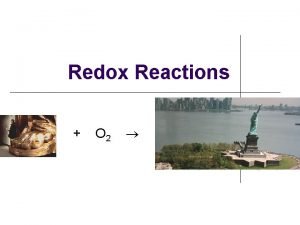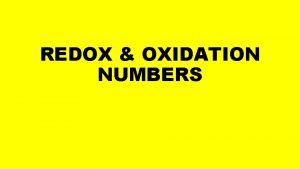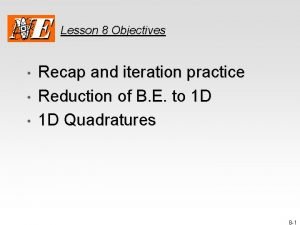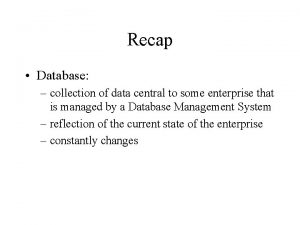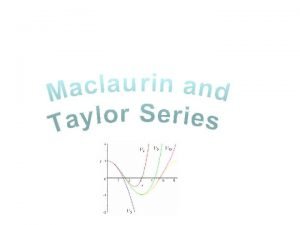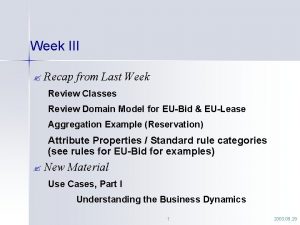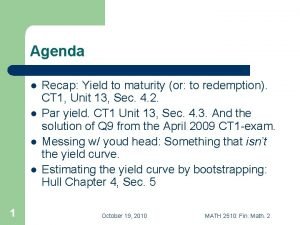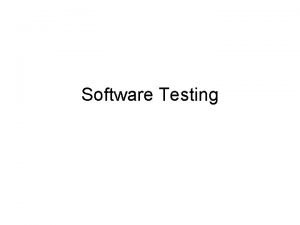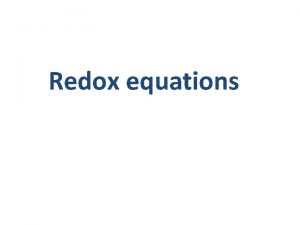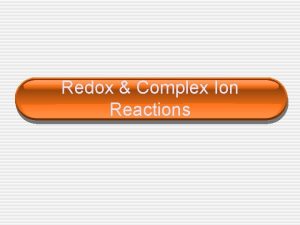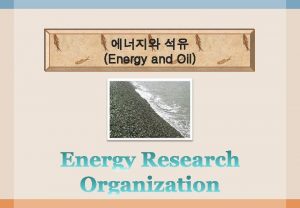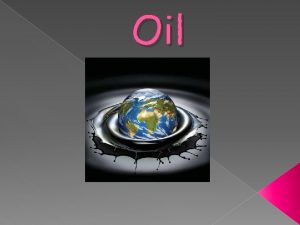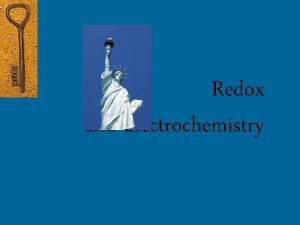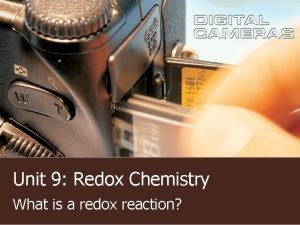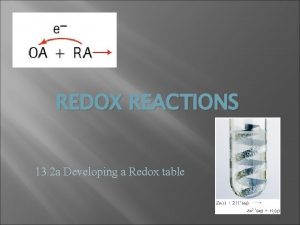Redox Recap Starter Questions 1 What does OIL
























- Slides: 24

Redox Recap

Starter Questions 1. What does OIL RIG stand for? 2. What is an oxidising agent? 3. What is a reducing agent? 4. What are the oxidation states of each of the elements/ions the following: H 2 Li O 2 Na. Cl Mg. Cl 2 HCl. O BF 3 H 2 O 2 H 2 SO 4 SO 2 H 3 PO 4 Cu. O Cu. SO 4 Fe 2 O 3 Fe. O Na. H Li 2 O 5. Write 2 half equations and the full equation for magnesium burning in air to give magnesium oxide. Half equation 1: Half equation 2: Full equation: What species has been oxidised? What species has been reduced? What species is the oxidising agent? What species is the reducing agent?

OIL RIG

Oxidising Agents and Reducing Agents • • Oxidising agent: A substance that can OXIDISE another substance (an electron acceptor) Reducing agent: A substance that can REDUCE another substance (an electron donor)

You can work these out because some elements have FIXED OXIDATION STATES Element Oxidation state in compounds and ions Exceptions H +1 • -1 in METAL HYDRIDES e. g. , Na. H Li, Na, K +1 Mg, Ca , Ba +2 Al +3 F -1 Cl -1 • NOT 1 - when combined with F or O O -2 • NOT -2 when combined with F • -1 in peroxides (H 2 O 2)

Standard Electrode Potential

Standard Electrode Potential Intro • • • Redox reactions Reactions are ALWAYS equilibrium Measuring how easy it is for metals to release their electrons into a solution Look at the potential difference between the metal and the metal solution Compare it to another metal and the metal solution Potential difference between the metal and metal solution is known as absolute potential difference Unable to do this! Have to create a reference electrode Measure the difference in potential between this reference electrode and the metal electrode.

The standard hydrogen electrode • Reference • Hydrogen gas • Pressure – 100 k. Pa (1 bar) • Bubbling over a piece of platinum – surface is porous (allows large surface area and equilibrium between hydrogen ions in the solution and hydrogen gas to establish quickly). • Dipped into a solution of HCl or H 2 SO 4 • Hydrogen ion concentration of 1 moldm-3 • Temperature – 298 K Standard conditions

Compare all reactions to… + H (aq) + e ↔ 1/2 H 2 (g)


WHAT CONDITIONS ARE REQUIRED FOR A STANDARD HYDROGEN ELECTRODE?

Measuring a standard electrode potential Conc. sol KNO 3 –liquid or gel. Allows the movement of ions Half cell

Measuring a standard electrode potential Want no flow of electrons around the external circuit tell the difference in potential between both half cells when both reactions are in equilibrium.

Equations + H (aq) + e ↔ ½ H 2 (g) Mg 2+ (aq) + 2 e- ↔ Mg (s)

WHAT DO POSITIVE AND NEGATIVE STANDARD ELECTRODE POTENTIALS MEAN?

Equations H+ (aq) + e- ↔ ½ H 2 (g) E° = 0. 00 V Mg 2+ (aq) + 2 e- ↔ Mg (s) E° = -2. 37 V Cu 2+ (aq) + 2 e- ↔ Cu (s) E° = +0. 34 V

What the values mean… • Negative sign indicates the equilibrium position of the reaction is further to the left than the equilibrium position of the reaction in the hydrogen electrode • This means it releases electrons more readily than hydrogen • Positive sign indicates the equilibrium position of this reaction is further to the right than the equilibrium position of the reaction in the hydrogen electrode. • This means it releases electrons less readily than hydrogen.

Equations H+ (aq) + e- ↔ ½ H 2 (g) Which is the best reducing agent and why? E° = 0. 00 V Mg 2+ (aq) + 2 e- ↔ Mg (s) E° = -2. 37 V Cu 2+ (aq) + 2 e- ↔ Cu (s) E° = +0. 34 V

Electromotive force (emf) • The potential difference is measured when no electrons are flowing through the external circuit. • The potential difference measured under these conditions is called electromotive force (emf) of the cell. • The symbol is E° cell • Sometimes it is called standard cell potential.

Definition The standard electrode potential of a half-cell is the emf of a cell containing the half-cell connected to the standard hydrogen electrode. Standard conditions of 298 K, 100 k. Pa pressure of gases and solution concentrations of 1 moldm-3 apply.

How would you measure the standard electrode potential of the following redox system? 1/2 Cl 2 (g) + e ↔ Cl (aq)

How would you measure the standard electrode potential of the following redox system? 1/2 Cl 2 (g) + e ↔ Cl E° = +1. 36 V (aq)

How would you measure the standard electrode potential of the following redox system? 3+ Fe (aq) 2+ �Fe (aq)

PAGES 88 AND 89
 Oxidation number
Oxidation number Oxidation half equations
Oxidation half equations Preparation of emulsion
Preparation of emulsion Shawshank redemtion summary
Shawshank redemtion summary At the start of the chapter gatsby is chapter 8
At the start of the chapter gatsby is chapter 8 Price matching
Price matching What is the purpose of an iteration recap
What is the purpose of an iteration recap Recap intensity clipping
Recap intensity clipping 60 minutes recap
60 minutes recap Recap database
Recap database Bracket power rule
Bracket power rule Sample script for recapitulation
Sample script for recapitulation Recap introduction
Recap introduction Recap from last week
Recap from last week The crucible act 1 critical thinking questions
The crucible act 1 critical thinking questions Act ii the crucible
Act ii the crucible Logbook recap example
Logbook recap example Ytm recap
Ytm recap Black box recap
Black box recap Fractions recap
Fractions recap Recap
Recap -language
-language Recap indexing scans
Recap indexing scans Just a quick recap of what we discussed
Just a quick recap of what we discussed Recap poster
Recap poster
